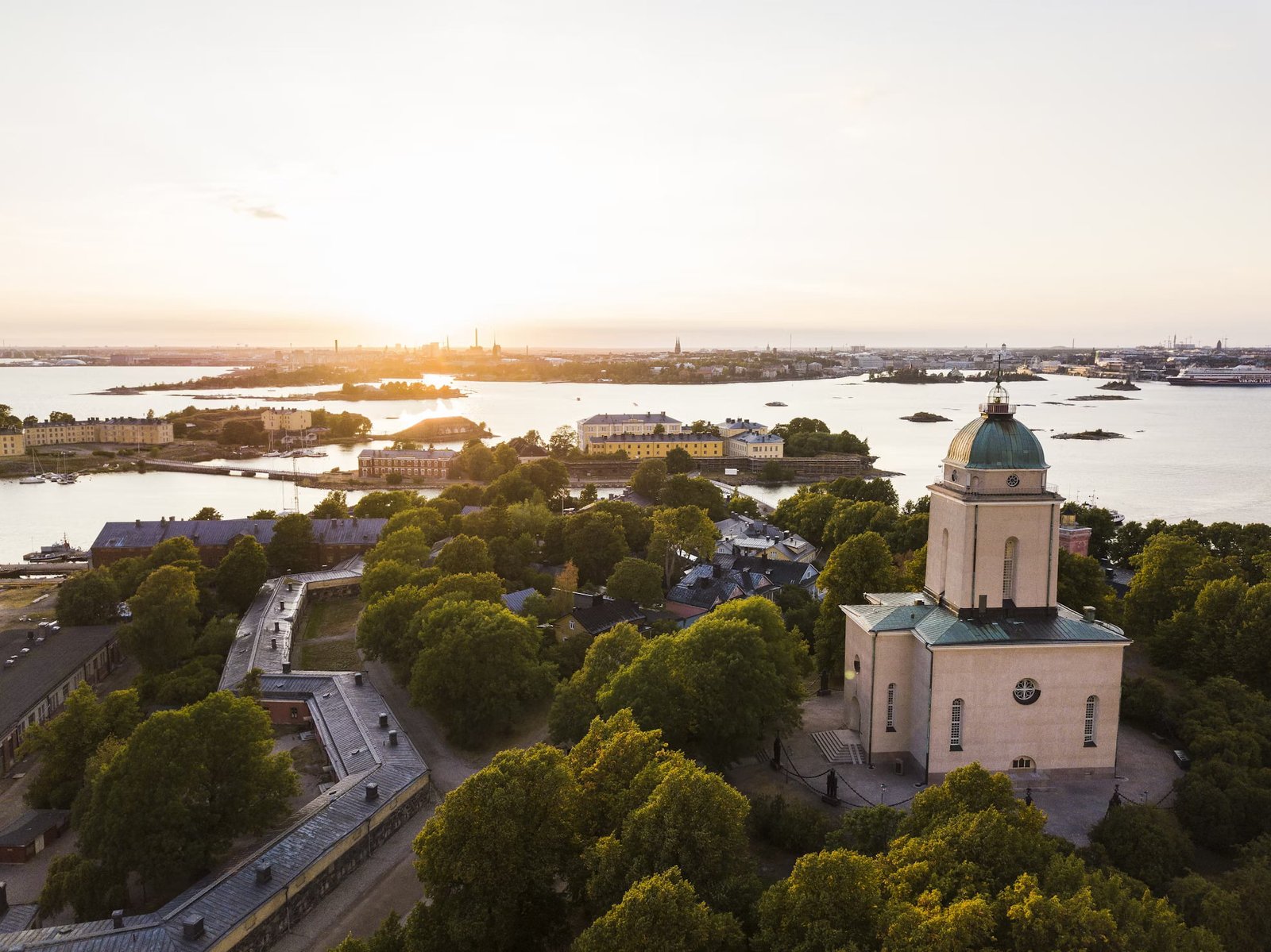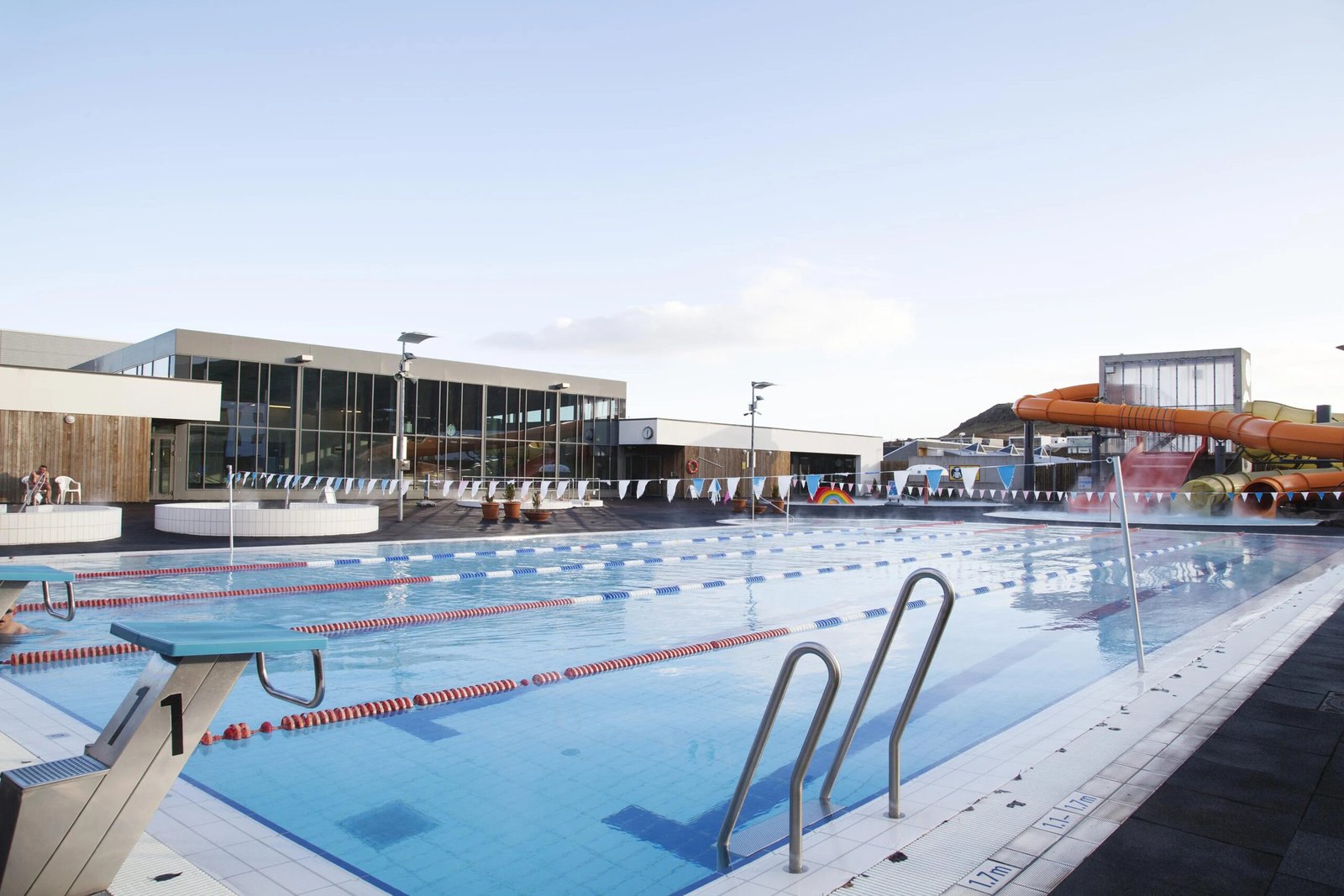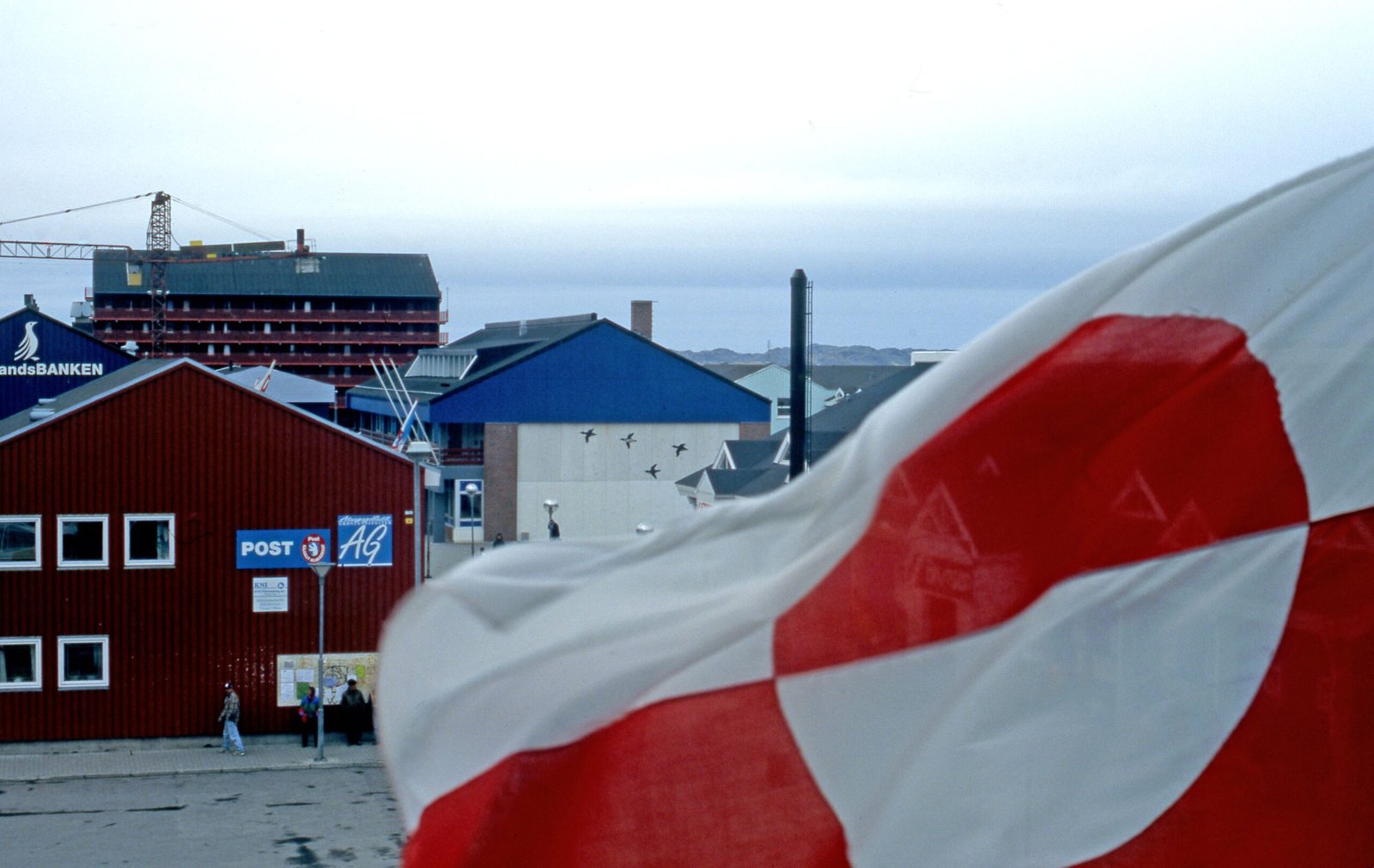Suomenlinna, one of Finland’s 7th UNESCO World Heritage sites, was originally constructed in 1748 by Sweden to defend against Russian expansion. Initially called Sveaborg, meaning ‘Fortress of Sweden’, it was designed by Swedish military architect Augustin Ehrensvärd. The fortress played a key role in several conflicts, such as the Russo-Swedish War and the Finnish War, and it changed hands from Sweden to Russia in 1808. After Finland gained independence in 1917, Suomenlinna came under Finnish control.
In 1991, Suomenlinna was recognized as a UNESCO World Heritage site due to its outstanding military architecture and historical significance (UNESCO Site ID: 583). Located on a group of islands at the entrance of Helsinki’s harbor, about 4 kilometers southeast of the city center, the fortress consists of bastions, tunnels, barracks, docks, churches, and protective walls spread across six interconnected islands. The architecture showcases the advanced military engineering of the 18th century. Here open in Google Maps.

There is no entrance fee to the fortress. Visitors only have to pay for the crossing to Suomenlinna and back. Suomenlinna is home to several museums, including the Suomenlinna Museum, which explores the fortress’s history, and the Ehrensvärd Museum, dedicated to its designer. It is a popular destination for tourists, who can visit the site by ferry from Helsinki. The fortress offers guided tours, exhibitions, and events year-round.
Visitors can enjoy both the historical sites and the scenic views of the surrounding sea, as well as the blend of natural beauty and 18th-century military architecture. As a cultural landmark and community, Suomenlinna provides a fascinating look into European military history and is one of Finland’s many remarkable attractions.




